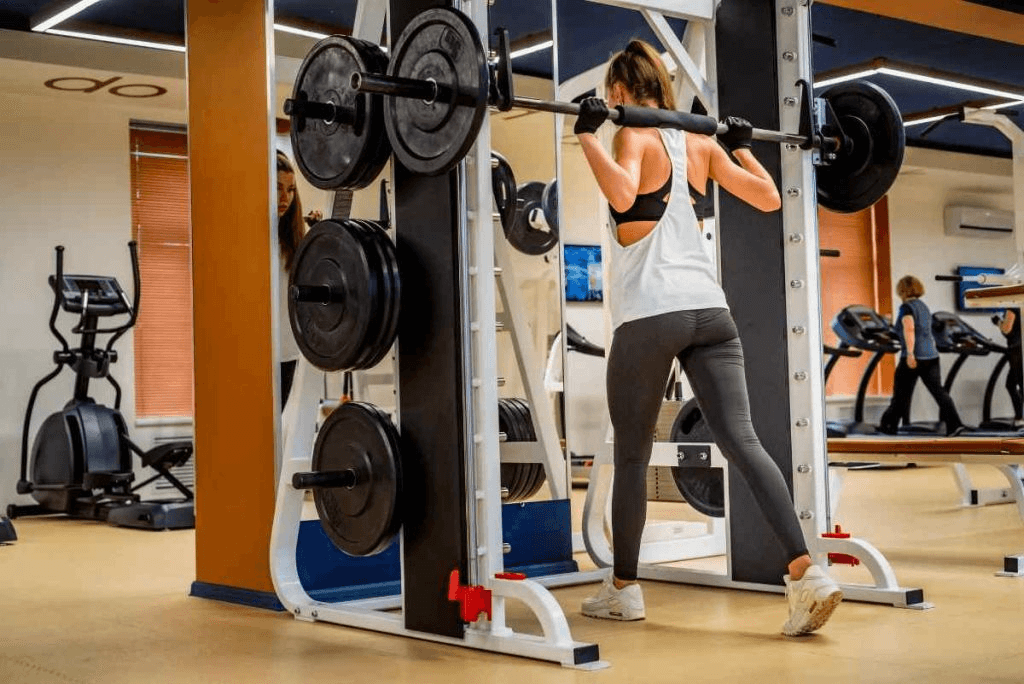When it comes to fitness, strength training, or even general health, understanding muscle groups is essential. Muscles don't just move the body; they shape it, protect it, and enable everything from simple daily tasks to high-performance athletic feats. But what exactly are muscle groups, and how do they work together?
What Are Muscle Groups?
A muscle group refers to a collection of muscles that work together to perform specific movements. These muscles often share a similar location and function, making it easier to train them collectively. Knowing which muscles form a group can guide effective workouts, improve balance in the body, and reduce the risk of injury.
Main Muscle Groups of the Body
The human body is home to many different muscle groups, but several major ones stand out due to their size, function, and importance in daily activities and fitness training:
-
Chest (Pectorals): The pectoral muscles control pushing movements and stabilize the shoulder joint.
-
Back (Latissimus Dorsi, Trapezius, Rhomboids, Erector Spinae): These muscles are critical for pulling actions and posture support.
-
Legs (Quadriceps, Hamstrings, Glutes, Calves): The largest muscle group, essential for movement, balance, and strength.
-
Arms (Biceps, Triceps, Forearms): Vital for lifting, pushing, and pulling.
-
Shoulders (Deltoids): Important for overhead movements and upper-body strength.
-
Core (Abdominals, Obliques, Lower Back Muscles): Supports stability, posture, and overall functional movement.
Different Muscle Groups: Beyond the Basics
While the main muscle groups cover the largest areas, there are many smaller groups that deserve attention. Muscles like the rotator cuff (shoulder stabilizers), hip flexors, and adductors (inner thighs) play crucial roles in mobility and injury prevention.
Recognizing the different muscle groups can help you create a more balanced workout plan. Overtraining one area while neglecting others can lead to muscle imbalances, poor posture, and an increased risk of injury.
List of Muscle Groups
Here's a simple breakdown of the major and supporting muscle areas:
-
Chest: Pectoralis Major, Pectoralis Minor
-
Back: Latissimus Dorsi, Trapezius, Rhomboids, Erector Spinae
-
Shoulders: Anterior, Lateral, and Posterior Deltoids
-
Arms: Biceps Brachii, Triceps Brachii, Brachialis
-
Legs: Quadriceps, Hamstrings, Gluteus Maximus, Gastrocnemius (Calf)
-
Core: Rectus Abdominis, Obliques, Transverse Abdominis, Lower Back Muscles
Types of Muscle Groups
Muscle groups can also be categorized based on their primary function:
-
Push Muscles: Chest, Shoulders, Triceps
-
Pull Muscles: Back, Biceps
-
Lower Body Muscles: Quads, Hamstrings, Glutes, Calves
-
Core Muscles: Abdominals, Obliques, Lower Back
Structuring workouts around these categories ensures a balanced development across all muscle groups.
How Many Muscle Groups Are There?
The body contains over 600 muscles in total, but when organizing workouts, most trainers divide the body into 5–7 main groups: chest, back, shoulders, arms, legs, and core. Some systems break them down even further for more detailed programming.
Muscle Areas of the Body: Why It Matters
Understanding the different muscle areas helps individuals target specific goals, whether it's building mass, improving strength, enhancing athletic performance, or maintaining general fitness. It also helps in identifying areas that may need more mobility work or injury rehabilitation.
Male Muscle Groups: Special Considerations
While muscle groups are the same across genders, many training programs designed for men focus more heavily on developing the chest, arms, and shoulders—areas traditionally associated with a "masculine" physique. That said, balanced training across all muscle groups is critical for strength, performance, and long-term health.
Conclusion: The Importance of Balanced Training
Every muscle group plays a vital role in your body's function and aesthetics. Whether you're aiming for peak performance, injury prevention, or simply a healthier lifestyle, training all muscle groups—not just the ones you can see in the mirror—is key.
A well-rounded routine should cover all muscle groups of the body to promote strength, flexibility, and resilience. By understanding how your muscles work together, you'll not only move better but live better.











































Leave a comment
This site is protected by hCaptcha and the hCaptcha Privacy Policy and Terms of Service apply.